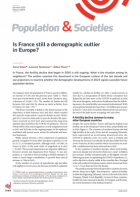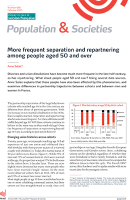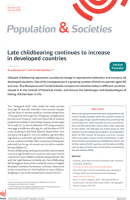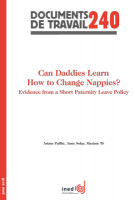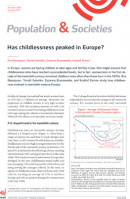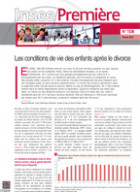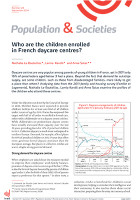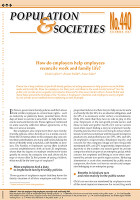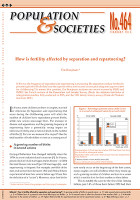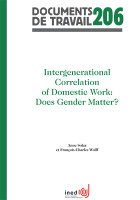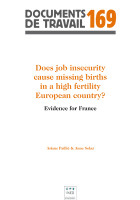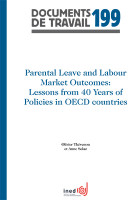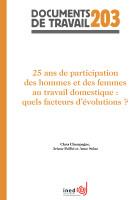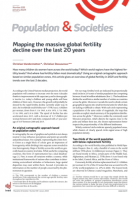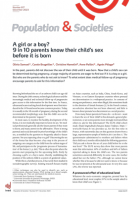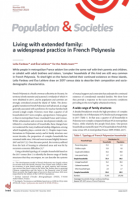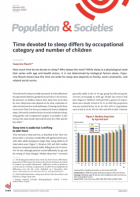
Are family sizes of parents and children still related? Revisiting the cross-generationalrelationship over the last century
Collection : Documents de travail
n° 223, 2016, 33 pages
The fertility levels of parents and children are positively correlated. The strength of this intergenerational transmission of fertility has rarely been studied on the long run. This article aims to analyze whether and to what extent men’s and women’s fertility over the last century has been
related to the fertility in their family of origin. Using the French Enquête Famille et Logements 2011, a large-scale survey linked to the census, our estimation methods (Poisson and jittered count data) take into account the discrete nature of fertility variables, their possible non-linear relationships and the role of confounding factors. Results show a weak but significant and positive correlation of around 0.12-0.15 always stronger for women than men, in line with levels observed in other countries. The size of the family of origin became a weak determinant across birth cohorts, supporting the idea that family has lost implicit and explicit influence on fertility. In times when the two-child family model was becoming more widespread, extreme family sizes (both large and small) were much more likely to be reproduced. Whereas the higher fertility level of men and women from large families is largely explained by socio-economic factors, mimetism of parents’ fertility prevails in small families. This transmission of small families might provide insights into fertility prospects and could partly explain why some European countries fail to escape low-fertility levels.
- Eva Beaujouan


